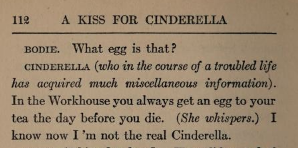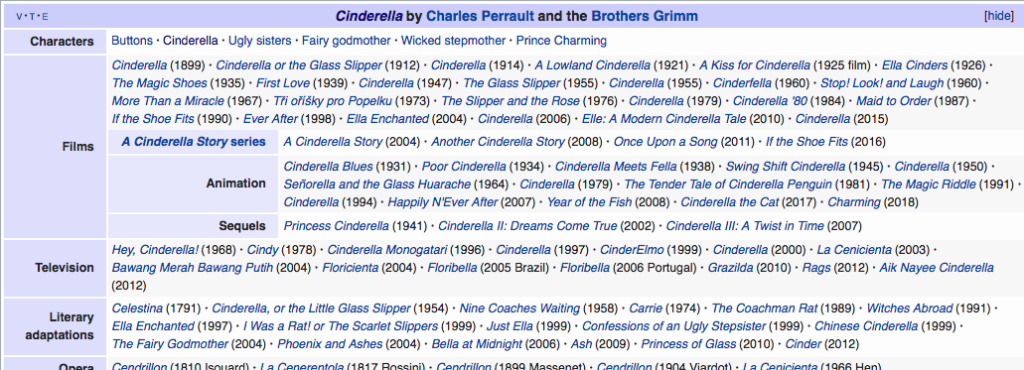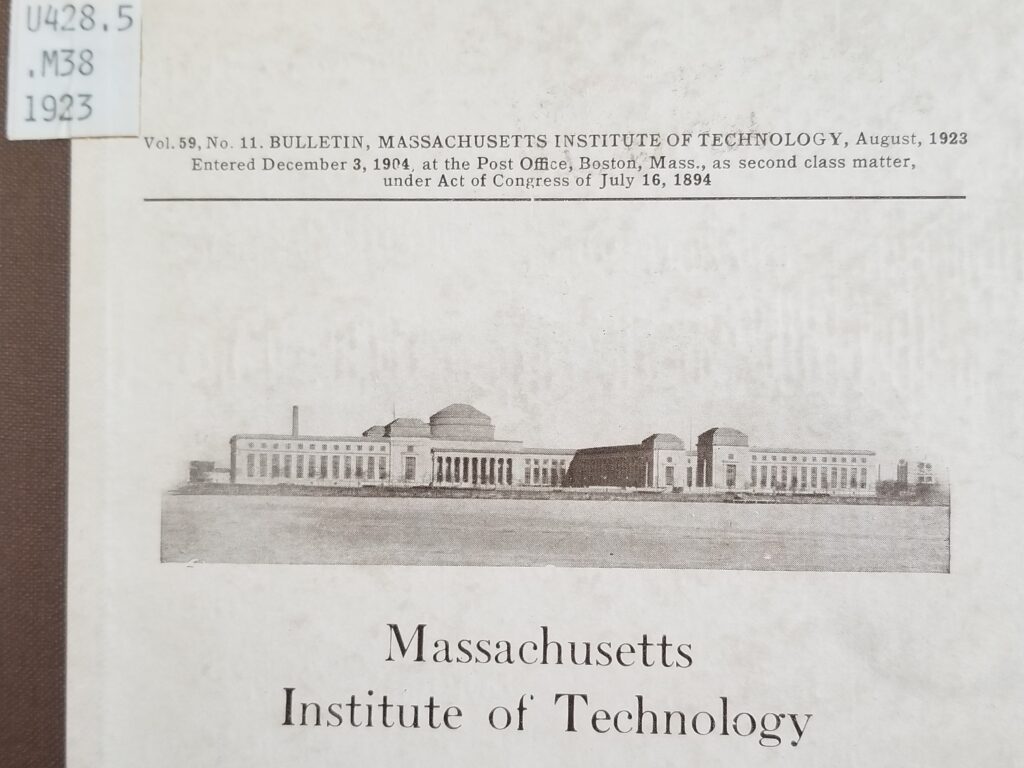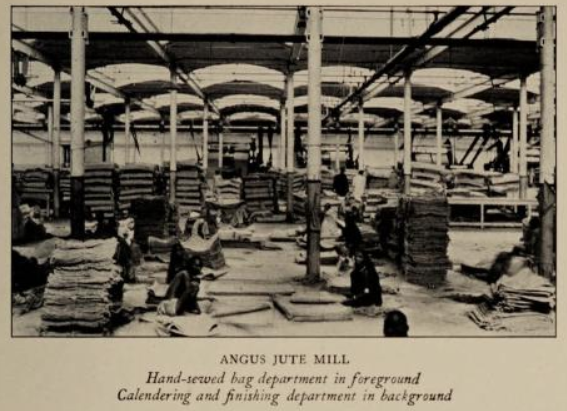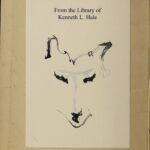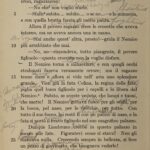This post is part of the MIT Libraries Public Domain Day celebration. Read the full text of public domain books digitized by the MIT Libraries, explore other volumes, and learn about the public domain at our website.
I struggle when it comes to learning languages. I took Latin and French in high school, and minored in German in college. In graduate school, I passed a language test in German to earn my MA in art history, but that was just by the skin of my teeth, or in German, mit Ach und Krach, which Google translates as “with awesome noise.”
Regardless, if there was a language I was going to torture myself with these days, I think it would be Italian. It was with this very vague interest in mind that I found myself drawn to the title Italian Folk Tales and Folk Songs by Frederick A.G. Cowper. When you open the book, the first thing you see is a drawn bookplate stating that this book is from the library of Kenneth L. Hale. The drawing seems to be the head of a wolf, and I’m guessing there is meaning there, probably linked to folk tales.
I was excited to see that this book belonged to Hale because in the MIT Institute Archives and Special Collections (IASC), there is a collection of Hale’s material (MC-0523). Hale, 1934-2001, was a professor in the Department of Linguistics at MIT from 1966 to 2001. He performed extensive fieldwork beginning in the 1950s, specializing in linguistic theory, Amerindian languages, and Australian languages. In addition to studying Native American and Aboriginal Australian languages, Hale was actively involved in causes promoting the preservation of endangered languages and cultures.
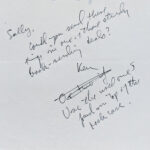
Correspondence from Bill Bright to Ken Hale with handwritten Hale reply, Correspondence “B”, Kenneth L. Hale Papers, MC 523, box 1. Massachusetts Institute of Technology, Institute Archives and Special Collections, Cambridge, Massachusetts.
Looking further into the book, I noticed a lot of translating notes handwritten on the pages. I wondered if these were by Hale, or by someone else, either before Hale owned it, or after it went to the MIT Libraries. Comparing the handwriting to an example from his correspondence, I do not think he made the notes in the book. I am not a handwriting expert, so I would love to hear others opinions, but looking specifically at the big loops in his d’s and l’s in the correspondence, I did not see anything similar in the book.
Overall, this looks like a fun book, and a neat way to learn a language. It helps that some of the translating work has already been done for you!
